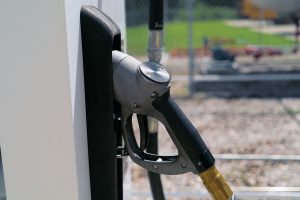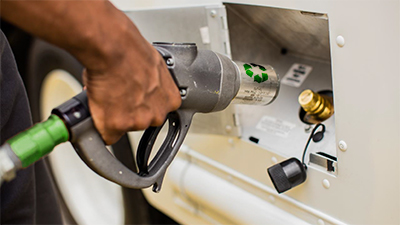Driving Gas Prices

In one of my blogs from last year, “When Does it Stop,” I posted a photo showing unleaded gasoline at $4.40 per gallon.
Today at the same pump in southern California, that gallon costs $3.99.
The fuel cost goes up; the fuel cost goes down. And fuel consumers have no control.
I bet most Americans agree that circumstances driving these price variances include:
- Market drivers: The price at the station across the street.
- Supply: Turmoil or peace in the Middle East.
- Demand: Demand in China.
- Intangibles: Blizzards, hurricanes, earthquakes and other acts of nature.
But there’s another consideration that I believe is more of a threat to increasing gas prices — and that’s the shrinking number of refineries in the United States.
A Congressional Research Service reportalerted Congress that “a decade ago 158 refineries operated in the United States and its territories” and “the number has declined to 124 refineries that process crude oil into fuels.”
During the same time period, the nation’s auto population added 25 million vehicles, according to the U.S. Department of Transportation.
If we have added 25 million cars yet reduced the total number of refineries, where do you think the bottleneck is?
The typical answer to that question usually refers to China demand, politics in the Middle East or market conditions.
So here’s your fuel for thought: Shouldn’t we be more in control of what drives our fuel prices?
The facts are in front of us; the total number of refineries is shrinking while the total number of vehicles using the refineries’ product is increasing. It’s time to start thinking about domestic, gaseous alternative fuels like propane autogas or compressed natural gas, and to stop pretending like we don’t know what’s going to happen to our price of fuel.














